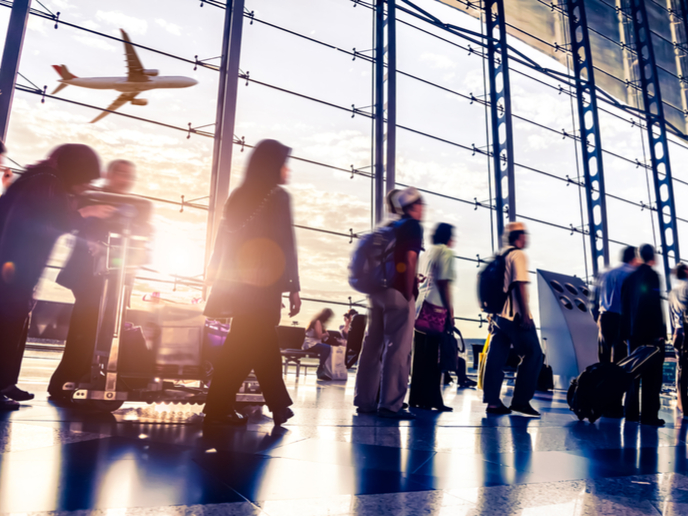Behaviour data for airport management
The EU has mandated that by 2050, European air travel must achieve door-to-door travel times of under four hours. Meeting the target will require integration of all transportation segments. Yet a lack of fundamental information makes effective change difficult. Passenger behaviour – including movements within airports, and travel to or from – affects flights, while air traffic management decisions affect passengers. The specific impacts in both directions are relatively unknown. Gathering the necessary information is difficult. Surveying passengers is both impractical and biased. Additionally, public data sources are often aggregated too coarsely. Thus the information gap persists, and management decisions are taken blindly without understanding of the effects on passengers. Big data The EU-funded BigData4ATM(opens in new window) (Passenger-centric Big Data Sources for Socio-economic and Behavioural Research in ATM) project addressed the problem. “Our study used new geolocated data sources, in combination with more traditional information, to detail passenger movements and other behaviour,” explains Mr Pedro García, data scientist for Nommon Solutions and Technologies. The new sources included data from mobile phones, credit cards and Google Maps. All personal information was fully anonymised and blended in accordance with ethical guidelines. The ultimate purpose was to determine whether such information could inform decisions about air traffic management and public transport infrastructure. The project delivered a set of research methodologies that utilise the new data sources to document airport catchment areas. Researchers validated the techniques against conventional data, and proved the project’s concept. The new data sources do provide continuous data of sufficient quality and resolution, yet at a fraction of the cost of conventional methods. Passenger behaviour The first of four case studies addressed total travel times, including the leg-by-leg breakdown. The information will prove useful in assessing the integration between transportation segments. “We found that current air-travel networks are far from achieving the EU’s four-hour goal,” says Mr García. A second case study used credit card information to assess the impact of air traffic disruptions on passenger expenditure and travel times, in the Madrid airport area during May 2011. Disruptions caused identifiable patterns of expenditure, such as accommodation and alternative transportation. The investigation also determined that strike-related delays lengthen travel times, especially in the through-airport journey segments. Case study three examined the competition between air-transportation and high-speed rail. The study concluded that access and exit times for airports and railway stations are important factors in the comparison. Finally, the team used mobile phone apps data to study the competition among airports in the Greater London area. The study predicted likely changes emerging from a proposed high-speed London-Birmingham rail link, expected to bring Birmingham airport into the London catchment and thus take market share from minor airports. “The methods we have developed have a huge potential for the planning and management of transportation systems,” says Mr García, “including airport operations and the provision of new mobility services for airport access/egress.” The entire transportation sector – including operators, public authorities and consultancy firms – represents potential customers. The project’s new methods allow direct study of the issues affecting air transportation. The information will help the entire system evolve to meet passenger needs.







